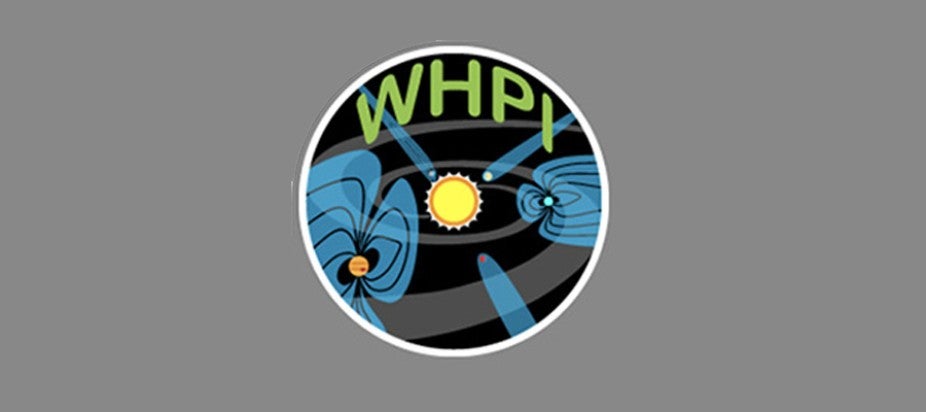Whole Heliosphere and Planetary Interactions Workshop

6:00 – 6:00 pm MDT
Whole Heliosphere and Planetary Interactions (WHPI) is an international initiative focused around the solar minimum period that aims to understand the interconnected sun-heliospheric-planetary system. The simpler magnetic configuration and infrequency of Coronal Mass Ejections (CMEs) makes solar minimum an ideal time to follow how the solar magnetic and radiative output propagates through the heliosphere and affects the Earth and planets' atmospheres and magnetospheres. The role of WHPI is to facilitate and encourage interdisciplinary activities through a series of coordinated observing campaigns and a dedicated workshop where observers and modelers get together to discuss, compare, and combine research results.
The WHPI hands-on workshop is scheduled to occur September 13-17, 2021. It will be a virtual workshop hosted on Zoom. An online poster gallery will be available for viewing starting Monday, September 13th. There is no registration fee. The goal of the workshop will be to foster collaborations across disciplines by providing a forum for comparing models and observations of specific aspects of the extended solar minimum time period in a truly interactive and collaborative environment.
In particular, we encourage participants to contribute and share observations, model products, and analysis tools on Data Collection Day being held Monday, September 13th from 8:00am-1:00pm Mountain Daylight Time .
Research on all aspects of solar minimum modeling and observations are encouraged, including: the global connected structure of the heliosphere and planetary space environments/atmospheres, the origins and impacts of high-speed solar wind streams, CMEs from sun-to-heliopause, and comparative solar minima. In order to focus these efforts, the workshop will facilitate smaller working groups. Topics for coordinated comparison of models and observations include the set of CMEs occurring during May 2019, the July 2, 2019 solar eclipse, the January 29, 2020 Parker Solar Probe fourth perihelion, the January 17, 2021 Parker Solar Probe seventh perihelion, as well as the recurring coronal holes and associated solar wind streams present throughout the solar minimum period.